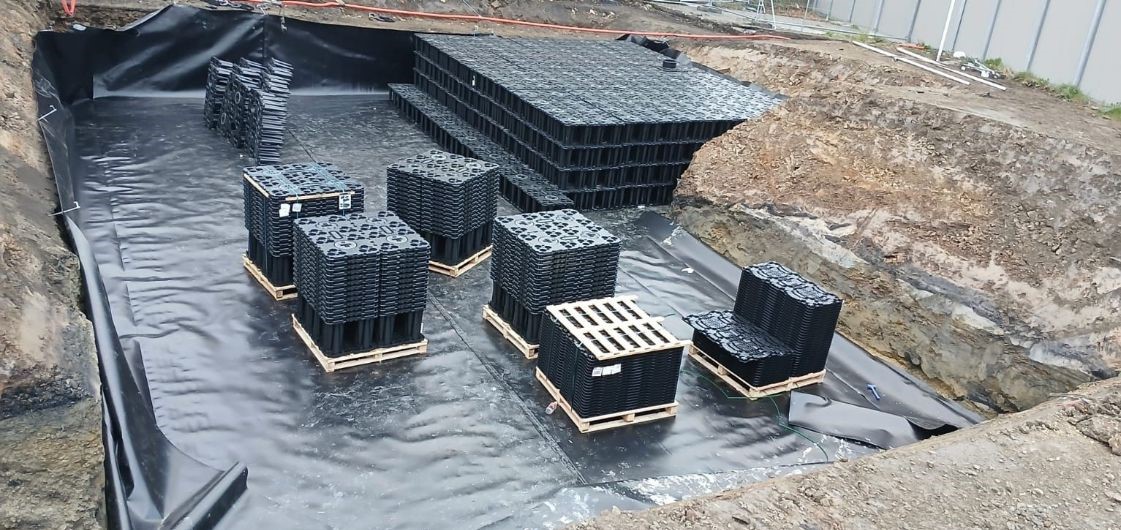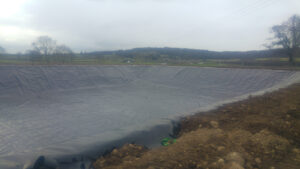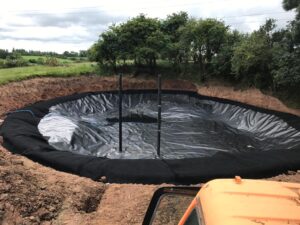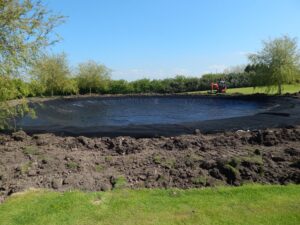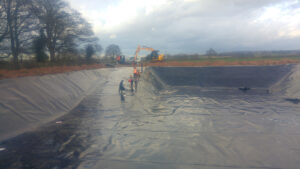What You Need to Budget For
As stormwater management becomes a priority across the construction and civil engineering sectors, attenuation tanks are no longer optional—they are essential. With climate change intensifying rainfall events and increasing urban development creating more impermeable surfaces, the need to manage surface runoff safely and sustainably is greater than ever. However, for developers, local authorities and planners, one critical question remains: How much do attenuation tanks cost to install and what do you need to budget for?
This article breaks down the key cost factors involved in installing attenuation tanks, helping you plan more effectively and avoid hidden expenses. Whether you’re working on a small residential site or a large infrastructure project, understanding the budgetary implications of stormwater control systems is vital for ensuring project success.
What Are Attenuation Tanks and Why Do You Need Them?
Attenuation tanks are engineered systems designed to temporarily store stormwater runoff during periods of heavy rainfall. The water is then released gradually into the drainage system, helping to prevent flooding, erosion and damage to public infrastructure. These systems are especially important in urban areas, where traditional drainage networks are often unable to cope with sudden surges of rainwater due to limited natural infiltration.
In the context of sustainable development, attenuation tanks also support broader environmental goals. By slowing down water discharge and filtering out debris and pollutants, they improve water quality and contribute to groundwater recharge. As a result, attenuation tanks are now commonly required to comply with planning permissions, SuDS (Sustainable Drainage Systems) regulations and environmental standards across the UK and Europe. If you want a more technical overview of how these systems work, visit our detailed Attenuation Tanks page.
What Affects the Cost of Attenuation Tanks?
Tank Size and Storage Capacity – One of the biggest factors influencing cost is the total volume of water the system needs to manage. Tank size is calculated based on the size of the catchment area, local rainfall data and how much runoff the site generates. A small residential property may require only a few cubic metres of storage, while commercial and industrial projects might need hundreds. As the required volume increases, so does the cost of materials, excavation and installation.
Type of Tank System Chosen – There are several types of attenuation tank systems on the market. Modular crate systems, often made from recycled plastic, are lightweight and cost-effective for smaller or shallow installations. For more complex or larger-scale projects, geomembrane-lined systems or precast concrete tanks may be more appropriate. Each system comes with different costs associated with materials, transportation, installation time and ongoing maintenance. At Enviroseal, we tailor our approach to suit the individual site conditions and budget, using only high-performance materials from trusted global manufacturers.
Ground Conditions and Excavation Requirements – The condition of the site itself can have a major impact on installation costs. If the soil is particularly soft, rocky or contaminated, additional groundwork may be needed. In areas with high groundwater levels, dewatering solutions might be required to ensure the excavation is safe and stable. Poor access to the site can also complicate excavation, requiring more time, specialist equipment or manual handling—all of which can raise costs. A thorough ground investigation in the early planning stages can help anticipate these issues and avoid cost overruns later on.
Access, Site Logistics and Delivery – Construction site logistics can also influence total project costs. Sites in densely built-up areas or with restricted vehicle access may incur extra charges for deliveries, crane hire or storage of materials. Coordinating the delivery and installation of tank components efficiently is critical to avoid downtime and maintain project timelines. At Enviroseal, our team works closely with project managers to streamline logistics and reduce unnecessary costs.
Professional Installation and Testing – Correct installation is essential for the long-term performance of any attenuation system. Improper fitting can lead to leaks, structural failure or regulatory non-compliance—all of which can be extremely costly to fix. Our experienced engineers, all CSWIP-certified by TWI, ensure every installation is carried out to the highest standard. We also offer comprehensive post-installation testing and certification, which may add a small cost but provides peace of mind and long-term savings.
Compliance, Design Requirements and Additional Features – Some projects require additional components such as flow control chambers, silt traps or remote monitoring systems. These features add functionality but also increase costs. Regulatory compliance may also require specific materials, safety features or environmental considerations that must be factored into your budget. Our team ensures every system is designed to meet all local planning requirements and environmental standards, avoiding delays and penalties.
Typical Budget Estimates – As a general guideline, most attenuation tank installations cost between £200 and £500 per cubic metre of storage capacity. For example, a 100m³ tank system might range from £20,000 to £50,000, depending on site conditions, tank type and added features. While this is a broad estimate, it serves as a useful starting point for preliminary budgeting.
To obtain a more accurate quote, it’s best to consult with an experienced provider early in the planning process. We can conduct a full site assessment and provide a tailored proposal based on your project’s specific needs.
Why Choose Enviroseal?
With decades of experience and a reputation for reliability, Enviroseal is one of the leading providers of water containment and drainage solutions in the UK and Europe. We offer end-to-end attenuation tank services—from design and engineering to installation and testing—all delivered by a team of certified professionals. Our systems use only premium materials and are backed by a 25-year warranty covering both installation and product performance. Whether you’re looking to meet regulatory compliance, reduce flood risk or improve your site’s environmental footprint, we deliver cost-effective solutions that stand the test of time.
Plan Smarter, Build Resilient
Installing attenuation tanks isn’t just about ticking a box for planning permission—it’s a smart, long-term investment in your site’s safety, sustainability and future resilience. By understanding the costs involved and working with a trusted partner like Enviroseal, you can plan confidently, avoid unexpected expenses and deliver a project that meets both regulatory and environmental standards.
For further information or to discuss project requirements, please contact Enviroseal at 01695 228 626 or enquiries@enviroseal.co.uk.

